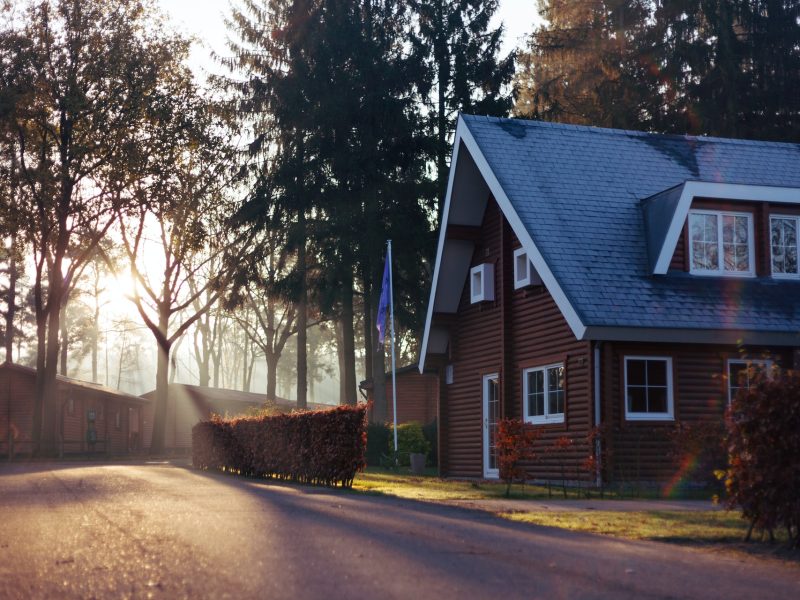In our contemporary lives, it’s easy to overlook the impact of excessive water consumption. Whether it’s the gallons used during lengthy showers or the substantial amount required for maintaining a lush lawn, every drop contributes to significant usage and potential waste. As global drought conditions reach alarming levels, these lifestyle choices become increasingly unsustainable.
Fortunately, there are numerous steps we can collectively take to reduce water consumption at home. Here are some tips to conserve water around the house and contribute to the preservation of Earth’s most valuable resource.
Begin in the kitchen, a hub of activity where substantial water use often occurs. While many assume the dishwasher is a major water culprit, often the real issue lies in individual habits. For instance, allowing the faucet to run until the water is cold for a drink can be wasteful. Instead, keep a water pitcher in the fridge for chilled drinks.
Similarly, when washing dishes, it’s advisable to let dirty pots and pans soak, reducing the water needed for cleaning. Be mindful of water usage during dishwashing, especially if dealing with an older kitchen faucet that may use 1 to 3 gallons per minute when fully open. Consider upgrading to a newer, more efficient dishwasher, potentially reducing water usage by 15% compared to standard models.
Moving to the bathroom, which typically accounts for over half of indoor water use, upgrading fixtures is a straightforward way to conserve water. Installing water-efficient faucets or showerheads can result in significant savings. Advanced plumbing technology, including up-to-date toilets using 1.28 gallons or less per flush, compared to older models using up to 6 gallons, can also make a substantial difference.
For those on a budget, altering household habits can be an effective alternative. Simple measures such as taking shorter showers, turning off the water while shaving or brushing teeth, and refraining from flushing certain items down the toilet can collectively contribute to significant water savings. Items like tissues, wet wipes, and dental floss not only waste water when flushed but can also lead to drain clogs and costly damage.
These tips cover only two areas of the home. If a commitment to water conservation is a priority, there’s much more that can be done. Explore the accompanying resource for additional water conservation tips to implement throughout the house!
Infographic provided by Diversified Technology, a leading municipal fund accounting software


